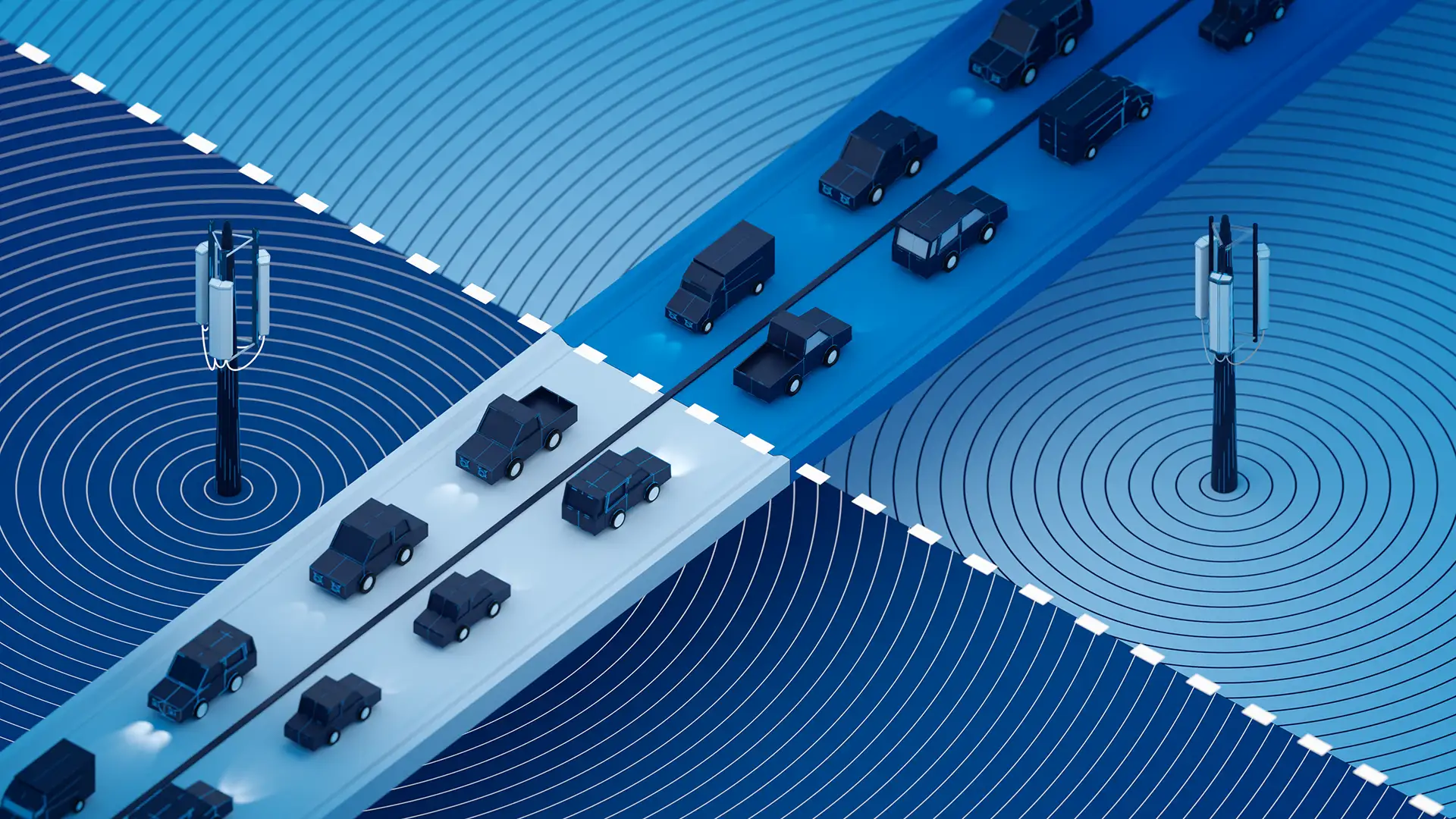As we look towards the post-pandemic recovery, we have a unique opportunity to supercharge the European Union’s ongoing digital transition. There is a lot at stake. According to the European Commission’s own estimates, new digital technologies could add an extra €2.2 trillion to EU GDP by 2030. And while this digital transformation can bring obvious economic benefits, it could also drive the green transition, connect disadvantaged communities and improve essential services like education and healthcare.
However, the hopes of a next-generation, 5G future – with super-fast mobile speeds, improved network performance, high-capacity and lower costs – are on hold for the moment. The rollout of 5G radio spectrum is stuttering and fragmented – which has in turn had an impact on the roll-out of 5G commercial services. Europe’s telecom operators are lagging behind rivals in the US and Asia amid challenging market dynamics and an adverse investment climate. One of the key reasons for this is the variety of ways that EU Member States are awarding mobile spectrum licences.
Radio spectrum licences should be a classic example of the EU Single Market’s value. However, while state-of-the-art 5G services might be launched in one country, their neighbours could still be relying on 4G – and might not even have begun the spectrum auctions – making it more challenging to develop any harmonised, compelling cross-border arrangements. This is because at the moment, there is no effective synchronised schedule for radio frequency spectrum auctions across the EU, and no common system for awarding licenses.
Varying speed, differing rules
In some Member States, regulators have unintentionally undermined investment by only giving preferential conditions to new entrants for spectrum reservations, national roaming obligations and rollout obligations. That means new operators have no incentive to build nationwide networks.
In some Member States, regulators have focused on encouraging additional mobile players into the market – through reserving spectrum on preferential terms, mandating wholesale access to existing players’ nationwide networks and giving new entrants very limited roll-out obligations. This has disadvantaged existing network operators, increased their spectrum costs, fragmented the market, and resulted in sub-scale infrastructure. Together, these act as a disincentive for investors.
For example, in Portugal established mobile network operators (MNOs) face obligations requiring them to cover 95% of the population of the country, motorways and some railways by 2025. By contrast, new entrants are only expected to cover 25% of motorways and some railways by this period, and only 50% population coverage within six years, the latter at a lower speed than for incumbents acquiring 700 MHz. These efforts to increase retail competition undermine established players, who are obliged to make more onerous nationwide investments while facing increased competition from new entrants with a much lower cost base.
These market circumstances depress telecoms market valuations and impede investment. As with any business sector, investors seek certainty. Conflicting regulatory environments and unpredictable market structures disincentivise investors from making the multi-billion euro capital investments needed to deliver world-class mobile networks. This is having the effect of causing Europe’s digital 5G infrastructure to fall further behind other regions of the world, such as the US and Asia, where high-speed 5G services using mid-band spectrum are now being rolled out much more widely.
As a result, European cross-border services are also held back. A lack of spectrum harmonisation – both on availability of frequencies and on quality of service requirements – can also undermine innovative, cross-border use-cases such as 5G transport corridors.
Connection with the Connecting Europe Facility
Let’s take just one example: the launch of 5G-connected driving services on major motorways that run across borders, which are central to Europe’s Connecting Europe Facility (CEF2) Digital vision. If only one country has 5G transport corridors, the Single Market element of the link is cut. And that is happening.

Some countries, such as Germany, have introduced coverage and minimum service levels, such as required speed and latency, for 5G networks along road networks: operators must provide 100 Mbit/s per antenna sector until the end of 2022, with 10ms latency. But neighbouring Member States that could be part of a potential EU transport corridor do not have these strict requirements, having prioritised an alternative set of obligations in their licensing approaches. This discrepancy creates obstacles for links.
Best practices for a timely roll-out of 5G and fast broadband should be implemented in a consistent way across all Member States so that the costs of deploying electronic communications networks are reduced. Reliable digital connectivity at high speeds could open new prospects for utilities, transport, healthcare and smart cities, putting Europe back in the 5G race.
Innovative products and services today depend on high-speed and secure connectivity. We all need to work together– industry, governments, policymakers – to invest in Europe’s digital future to create jobs and growth opportunities. And we need to roll out 5G spectrum across the EU so that Europe can generate a digital dividend for current and future generations.
At the moment, there is no effective synchronised schedule for radio frequency spectrum auctions across the EU, and no common system for awarding licenses.
The launch of 5G-connected driving services on major motorways that run across borders, which are central to Europe’s Connecting Europe Facility (CEF2) Digital vision. If only one country has 5G transport corridors, the Single Market element of the link is cut. And that is happening.

